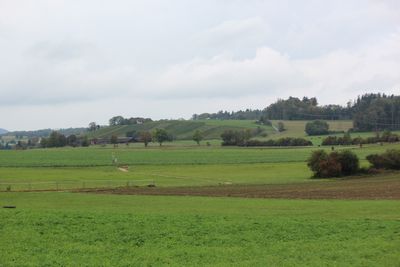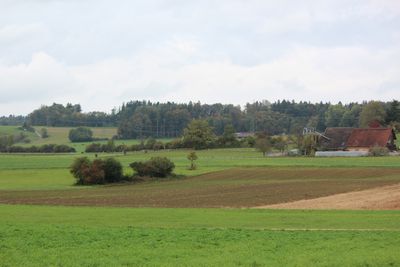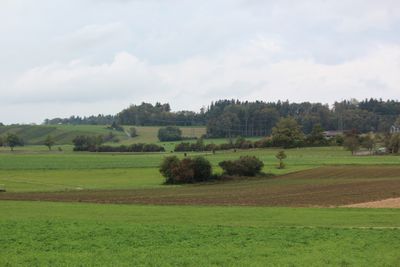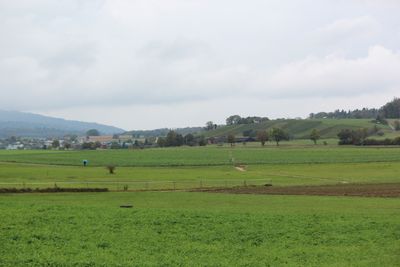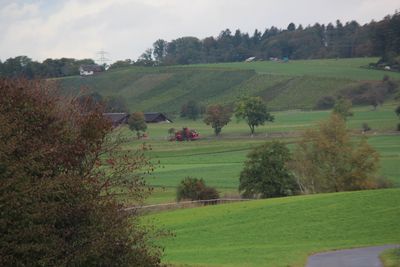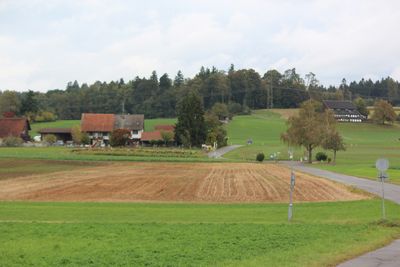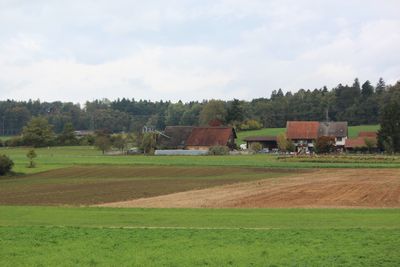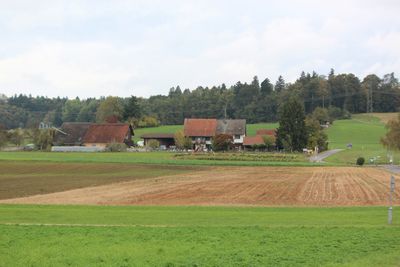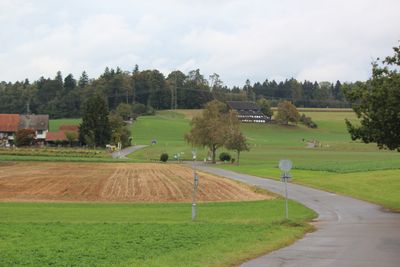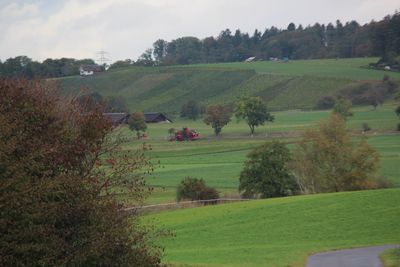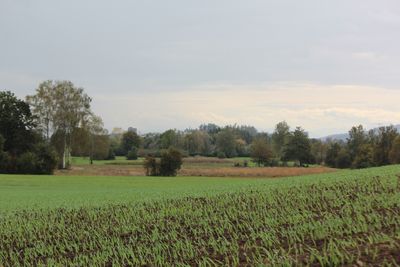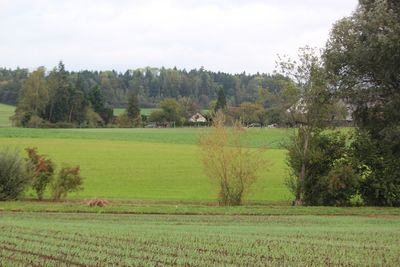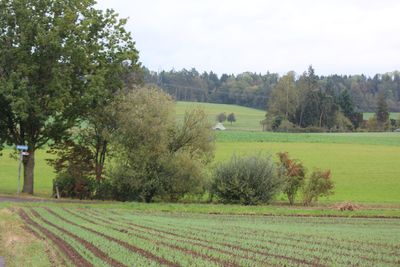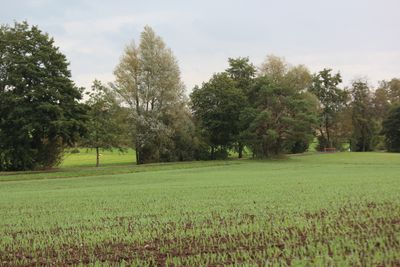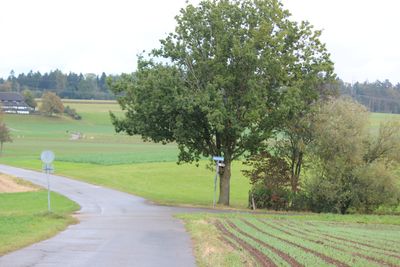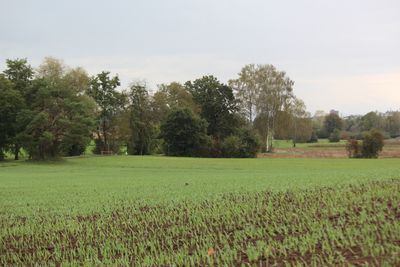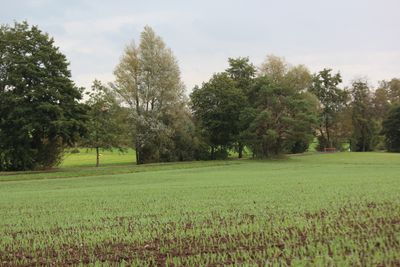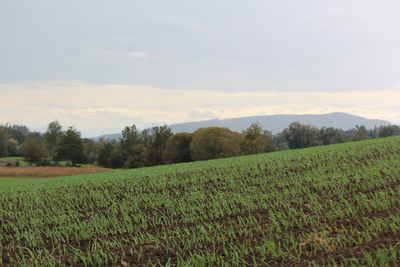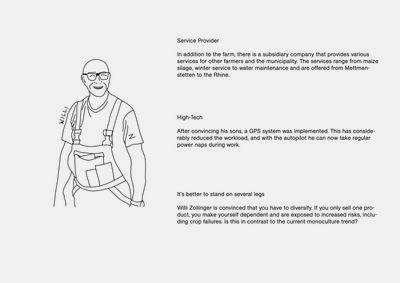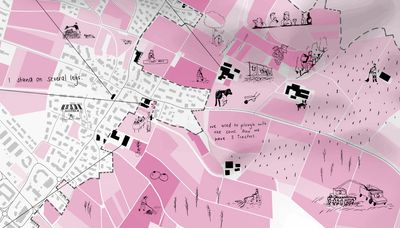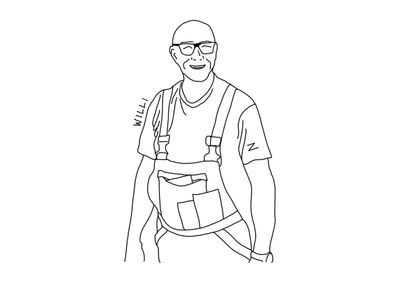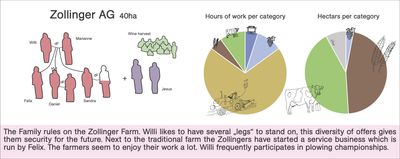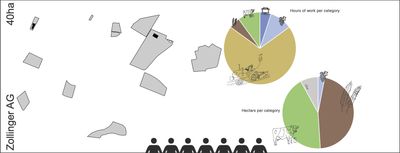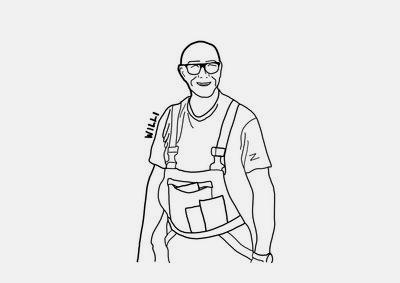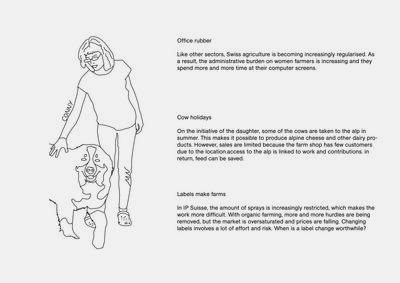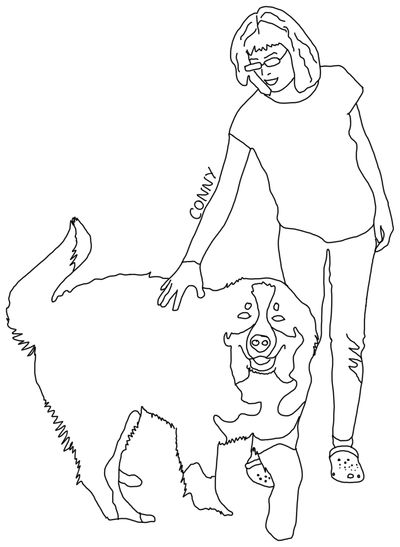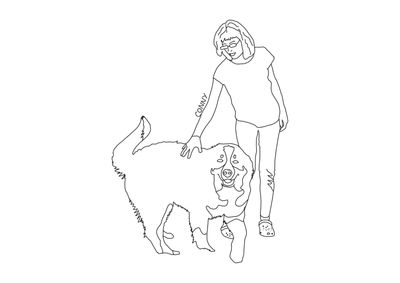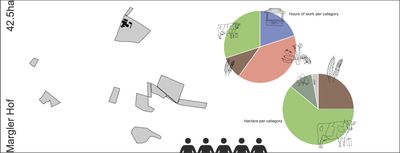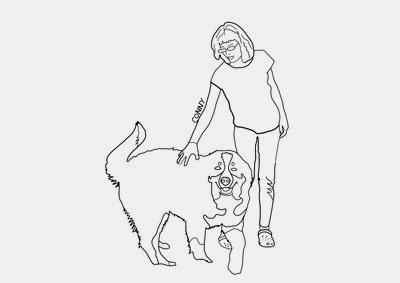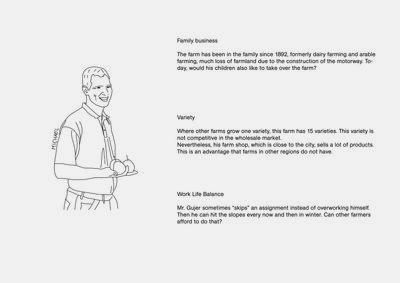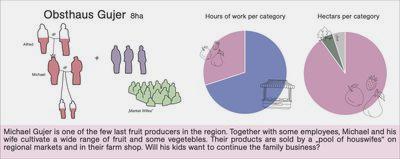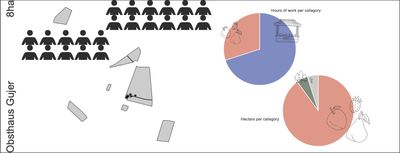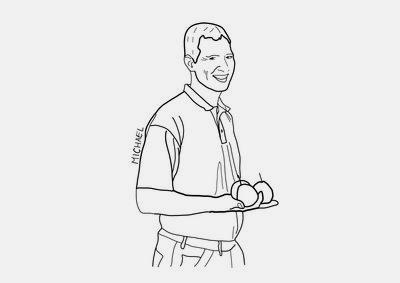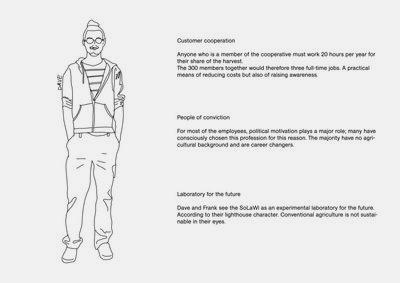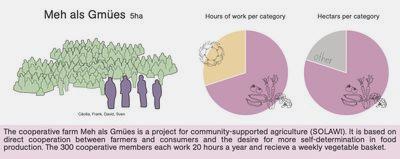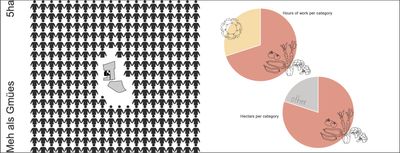AtlasFuture FarmersFabian Perner, Michelle Ciorciari, Cara Steiner, and Maria Wenzl
Our research focuses on labour. In order to find out more about our topic, we interviewed farmers in our study area: Zürich North. We discovered the stories of individual farmers and new models of agriculture. We asked questions about the past, present and future of agriculture. Compared to the past, the mechanisation of agriculture has led to great changes from the workers’ point of view. The number of workers has decreased significantly, and thanks to the machines available, more land can be cultivated in less time. The type of farm has also changed: whereas the tradition was to pass the management of the farm from generation to generation, now some of the farmers interviewed are no longer sure of this. Moreover, new models of farming are emerging.
We began our research by putting on a map the main farmers and the land they cultivate. What we discovered was an extremely scattered territory.
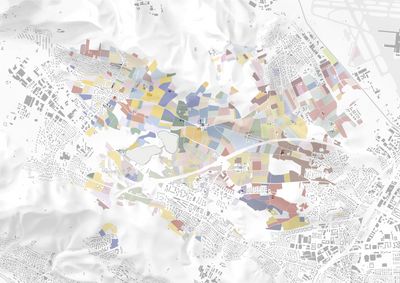
Map showing the scattering on our study area
- Schumacherhof
- Waidhof
- Riedenholzhof
- Kuhn LKA gmbH
- Ogg the Farmer
- Zollinger AG
- Marglerhof
- Seeholzhof
- Obsthaus Gujer
- Meh als Gmües
- Hofladen Frei
- Katzenrütihof
During our research, we were able to classify the different kinds of products and work: crops, fruits and vegetables, wage labour, direct selling, animal farming, viticulture, cooperative work. Through the latter categories we created a catalogue representing: amount of work per category, the amount of area per category and the amount of people working in the farm.
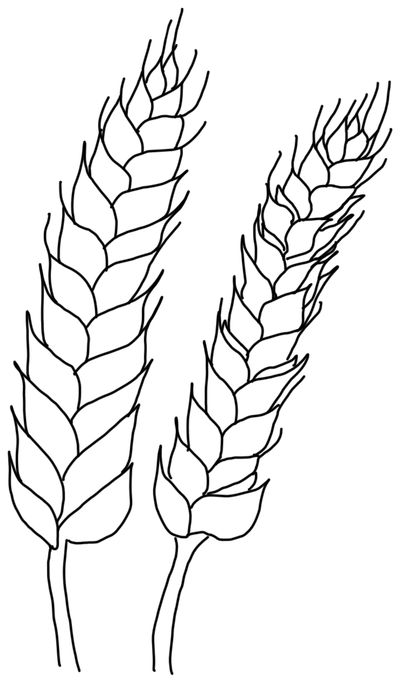
Crop farming is a highly mechanized type of work, the plots tend to be big in size
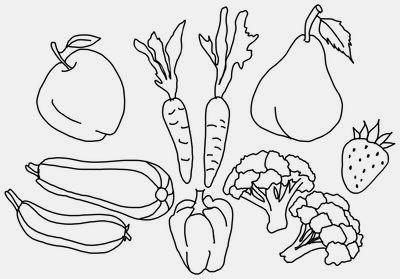
Fruits and vegetable farming is seasonal work and mostly manual,requires extra workers
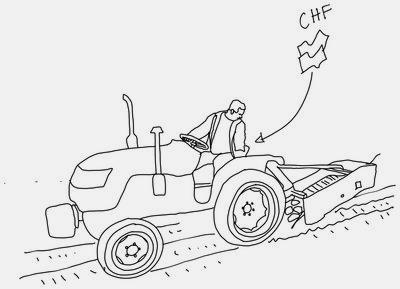
Some farmers are service providers, it is mostly mechanized

Direct selling in the Hofläden means direct producer-consumer connection but with a lot of manual work involved
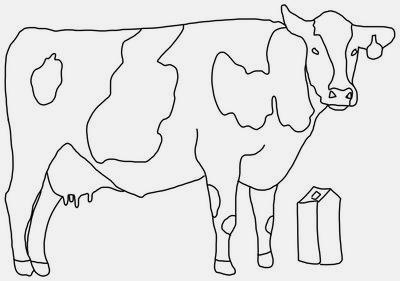
Is very mechanized, land use only for grazing and food production

Is seasonal and mainly manual, recent technologies allow
a certain degree of mechanization

New emerging type of agriculture, very social and manual

Crop farming is a highly mechanized type of work, the plots tend to be big in size

Fruits and vegetable farming is seasonal work and mostly manual,requires extra workers

Some farmers are service providers, it is mostly mechanized
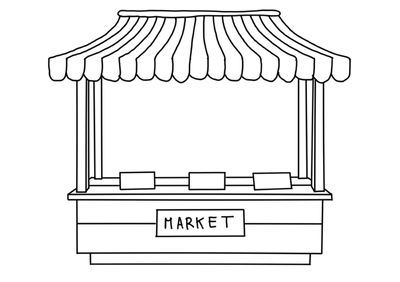
Direct selling in the Hofläden means direct producer-consumer connection but with a lot of manual work involved
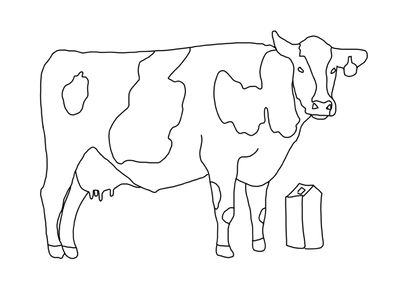
Is very mechanized, land use only for grazing and food production

Is seasonal and mainly manual, recent technologies allow
a certain degree of mechanization

New emerging type of agriculture, very social and manual
During our research we found out about the organisation of farms or cooperatives and discovered that except for the latter, all are family-run. so we asked ourselves, what will become of this structure 50 years from now?










The two love animals, which is why they also keep horses, goats and a dog.


When we interviewed farmers, we asked them specific questions about their work, their person, their products, the use of machines and their opinion about agricultural policies. We also asked them about the problematics and the possible future of their work.
By investigating we found out that different kinds of farming require differents amounts of work. The majority of the work is concentrated in the minority of the area.
The opinions of the farmers are captured in the narrative layer.
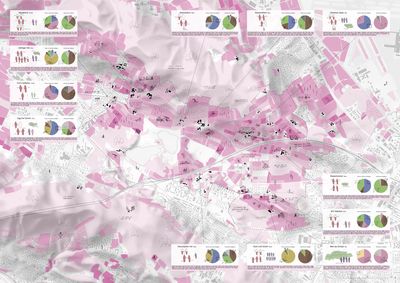
Narrative Map
- Direct selling, farm shop, market
- Animal farming, meadows
- Crops
- Fruits and vegetables
- Wage labour, Machine rental
- Viticulture
- Cooperative work
- Forest
- Biodiversity areas, christmas trees, etc.
- Part time/seasonal helper
- Apprentice
- Employee
- Family Member and partially involved family member (Half)
- Low work intensity
- High work intensity
